Podcasting in Higher Education
This is a podcast case study carried out byJessica Cammaert Raval, an instructional designer at Ryerson University. As Jessica speaks of her experiences and observations, along with those of her colleagues, you will find this section written in the first person from Jessica’s perspective.
An Opportunity to Learn and Experiment
As higher education pivoted to emergency remote teaching with the onset of COVID-19, post-secondary educators sought ways to engage students and foster transformative learning. For many, virtual delivery proved a steep learning curve. In contrast, for others – and mainly those already using audio as a platform for content delivery and/or assessment – it meant an expanded opportunity to strengthen existing podcasting skills.
As an instructor who has only created rudimentary audio mini-lectures for weekly seminars, I am continuously interested in learning more from faculty members who engaged in podcasts pre-COVID and those who recently entered this space. New and seasoned faculty podcasters can provide crucial ‘signposts’ for those who are still working on developing this skill set.
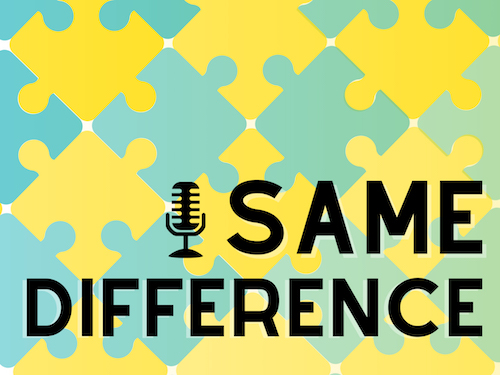
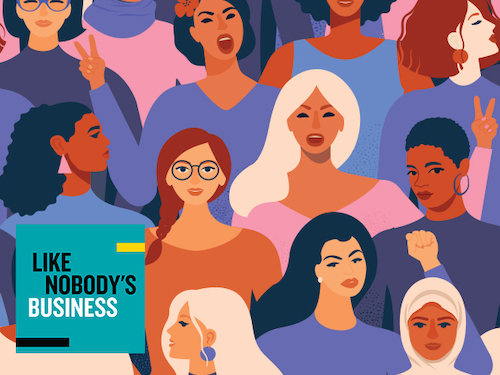
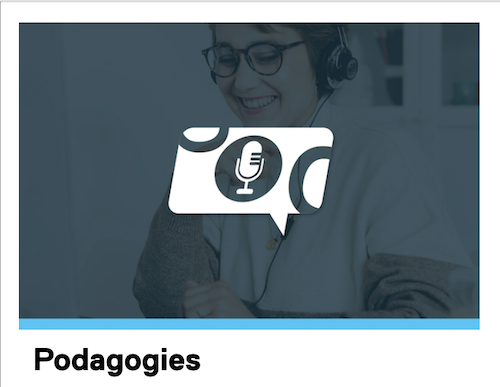
Below is a thematic analysis from a non-exhaustive environmental scan I conducted of podcasting resources from Ryerson University’s Centre for Excellence in Learning and Teaching. My scan focused on the tips and advice of approximately seven faculty members – 5 of which had used podcasts in their teaching before COVID-19 and two who began to integrate audio components during emergency remote teaching.

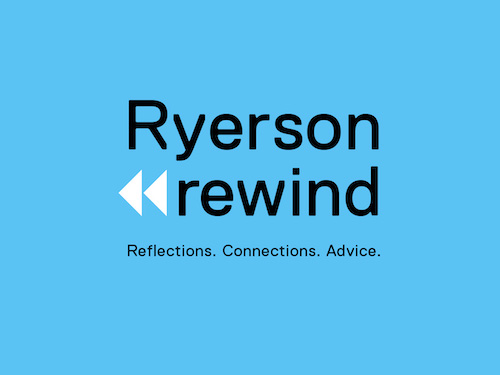
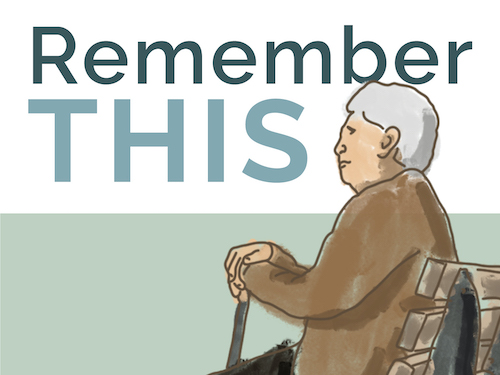
Since faculty are short on time and cannot always review all available EdTech resources, it is hoped the following eight-minute microlearning video will help post-secondary educators envision how podcasting may suit their existing or future courses.
Microlearning Video: Podcasting ‘Take-Homes’ for Faculty
5 Key Takeaways
Connectivity
The opportunity for podcasts to foster and encourage connected learning was mentioned by each faculty member. Aside from the obvious opportunities for reflection that podcasts can afford, there is also the opportunity for both instructors and students to cultivate connections between curricula. Often the onus to make purposeful connections between classes is on the learner, but with podcasting, instructors can purposefully draw connections not only between courses within a program, but also reinforce foundational or core knowledge required year after year.
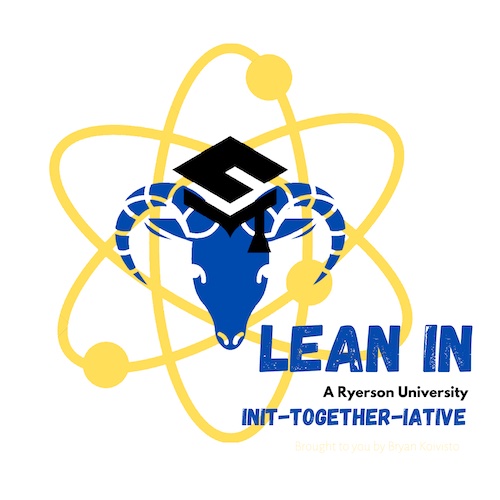
Accountability
Providing learners the option to create podcasts in lieu of written essays, for example, not only provides learners a creative outlet to demonstrate their mastery of the material, but also encourages greater accountability. The assignment is not ‘terminal’, in that it lives on after the deadline, and can influence ideas and thoughts as part of a broader public discussion. It, as one faculty member put it, ‘raises the bar’, in terms of how we evaluate learners, as they are much more likely to take the assignment seriously if they know it is accessible publicly.
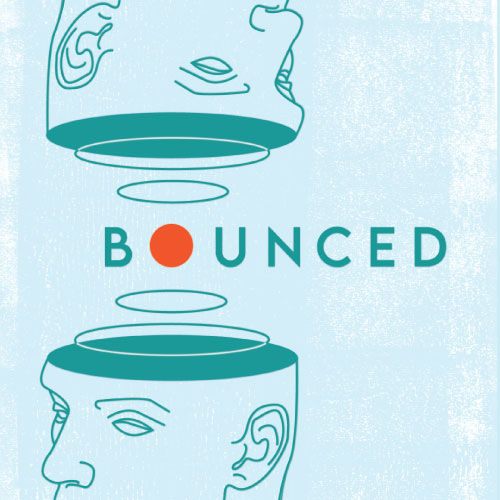
Collaboration
Here, when we talk about collaboration, we can speak of crucial instructor-learner collaboration, in terms of the support instructors provide to empower students in creating their own podcasts, and sharing their work publicly, but we can also talk about faculty-collaboration. Where faculty are featured as podcast guests, faculty are able to ‘resource-share’ so to speak, and compliment their knowledge in ways that would not always be possible via F2F delivery or synchronous lectures.
Accessibility
Naturally with Learners’ Accessibility, we turn our minds to the benefit of transcripts. We can also consider the benefits of podcasting for ESL students who may, in a F2F delivery, need additional support to digest live lectures. Podcasts can be listened to, and reviewed, repeatedly.
The benefits to instructors are also tangible. Instructors who teach across multiple institutions for example, may have to work with differing LMS’. Podcasts allow for curriculum components to be accessible and mobile across institutions, free of the walls of the LMS
Connected to the theme of collaboration. Instructors who teach collaborative programs across multiple institutional sites where students are taught the same courses can create and share podcasts so that students at all sites have access to the same material
Environment
This is perhaps the most interesting theme that emerged for me as an instructor, mostly because of rumblings surrounding remote teaching over the past year, and fears that the virtual tools and modes of delivery have somehow deprived students of high-quality learning (i.e., on campus) learning spaces. Not so. In trying to mimic the communal space of a physical studio, Alysia Myette leveraged zoom to build community, with podcasts serving as the ‘anchor’ playing in the ‘main room’, whilst other breakout rooms served as quiet spaces for group work and office-hour style discussions.
Likewise, Louis-Etienne Dubois included podcasts in his approach to slow teaching, which he has dubbed ‘low tech, high human’, embracing the ways in which audio provides an aesthetic experience through music and sounds. We often think much about podcasting being open and mobile by design, but an interesting, and perhaps unexpected benefit, is the extent to which podcasts have the power to shape learners’ space and place in transformative ways. That audio is so emotive, and can – depending on the subject-matter and comfort of the faculty – allow for less-scripted, unguarded discussion and delivery of challenging concepts and curriculum, means that learning can be framed more as an ‘invitation’, rather than a directive, to absorb material in a different way.
Potential Drawbacks
Due to podcasts being a time investment to build, they could create complications regarding curriculum planning. For example, if you prepare a podcast weeks in advance of class, and then some current event happens that you need to address in class. With pre-developed podcasts, you cannot change up the content within with ease. Rather you’d need to rerecord or find a different way to bring up the current event with students. Perhaps ironically, in this way, podcasts can detract from what’s going on in the world in real-time. The key takeaway here being that even though podcasts hold a lot of potential in higher education, we should not be too reliant on them or have them take up too much of the curriculum, as this could make things less dynamic.
NOTE: Ryerson University’s Centre for Excellence in Learning and Teaching has crafted an open access podcasting resource guide for instructors titled, Podcasting Tips for Teaching. The guide provides a brief overview of how podcasts can be used for content delivery and as assignments. It also discusses how to plan your podcast, from pre-to post-production, and highlights tools to assist in editing and sharing.
Reflections
As previously mentioned, I had created weekly mini-audio casts for my International Relations students during the 2020-2021 academic year. After completing the above thematic analysis, I found myself meditating on the theme of environment and how audio – and particularly the nature of podcasts – can so powerfully shape the environment of a learning space. After listening to Dr. Dubois’s discussion of how audio can dovetail with ‘slow teaching,’ I realized how my inclusion of a poem at the beginning of each audio recording had inadvertently fit within this philosophy. The idea then had been to help ground students and invite’ them to listen to the weekly mini-lecture (which focussed on historical context that assisted, but was not entirely pivotal, to their understanding of the assigned readings). The intention was also to provide consistency for students, a weekly voice that could be counted upon to prepare them for the coming week’s lecture. In instances where I missed the scheduled date/time to post my audio to the course shell, I felt bad, as though I had let them down, not simply because of the content delivery, but because considerations for learners’ mental health were also top of mind. In this way, I felt my approach to ‘podcasting’ however rudimentary it was at the time, aligned with the takeaways provided by Dr. Dubois.

I also found myself struggling with the begrudging question of scripting. Whilst the faculty advice surveyed insists on the importance of scripting, I had always felt that a lecture should not take a more scripted approach, but rather follow bulleted points or signposts to guide the instructor. While I have developed a greater appreciation for the role scripting plays in the process and product, and the value of scripting in terms of accessibility, I do believe that the creation of a podcast space that is dynamic, learner-engaged, and social – such as Fireside, for example – provides the best chance for fostering transforming learning at the post-secondary level.
The final reflection I would like to highlight is related to that of collaboration. Whilst the scheduling of a guest lecturer is fairly standard for a seminar course; it is often nevertheless limited to once a term. Reasons for this pertain to precious lecture time within the physical classroom and time constraints on faculty that are already over-stretched. With podcasting, faculty can now feature the expertise of colleagues not only at their home institution but across the globe and do so during scheduled class time or via an asynchronous podcast. The value of complementarity – complimenting one’s own expertise with that of another to provide a more comprehensive learner experience – is thus more fully realized with podcasting. Moreover, the benefits are not just limited to learners but also extend to faculty, who can engage with colleagues beyond the standard research-writing-conference collaboration (often resulting in journal articles and books that live within the walls of a University’s digital subscription) to an open-access format, popularizing and promoting their work via professional disciplinary networks. An excellent early example of this within my own discipline is that of Peter Alegi and Peter Limb’s podcast, Africa Past & Present: The Podcast about African History, Culture and Politics. Launched in 2008, it is the longest-running African studies podcast in the world. Its episodes have found their way into countless syllabi across the globe (including my own), and both Limb and Alegi have done much to advance the historical exploration of podcasting in African studies.
A Final Note: Protecting Intellectual Property on Podcasts

For those post-secondary educators interested in exploring the opportunities podcasting affords for collaboration and cross-fertilizing of research and ideas, questions surrounding the protection of intellectual property may come to mind. Africa Past & Present Episode 017 New Media and Southern African Studies tackles this very topic. Listen to the full podcast, or pop-ahead to 00:31:33 – 00:35:27 to learn more!
Please refer to the end of this guide for full references.
